Self-Regulation in Blended Learning Environments
Catlin Tucker
MARCH 8, 2021
Teachers are frustrated by what they perceive as a lack of focus, engagement, and motivation. I can empathize with their frustration, but I attribute these behaviors to underdeveloped self-regulation skills, especially in online and blended learning environments. The goal of the various blended learning models (e.g.,



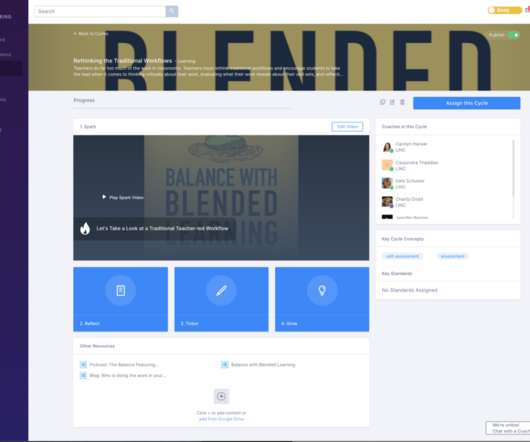
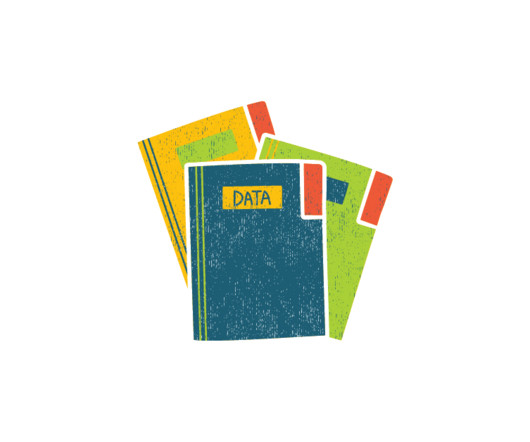
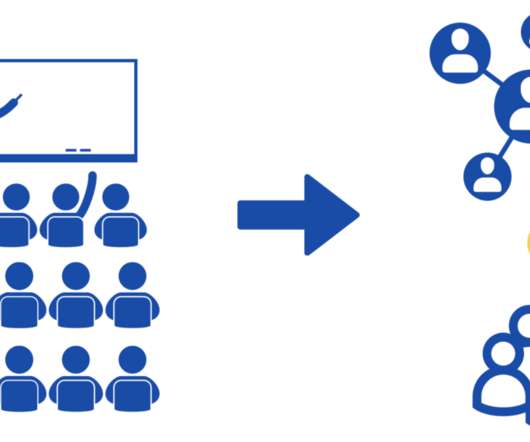
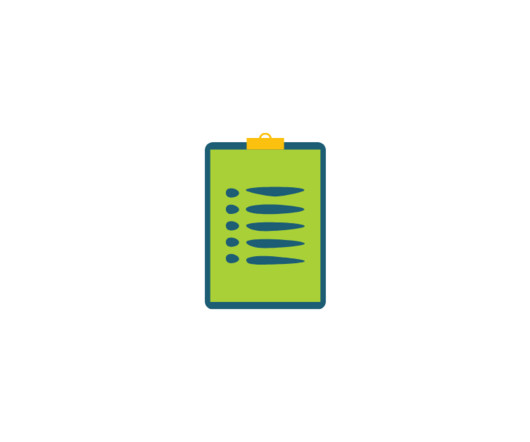
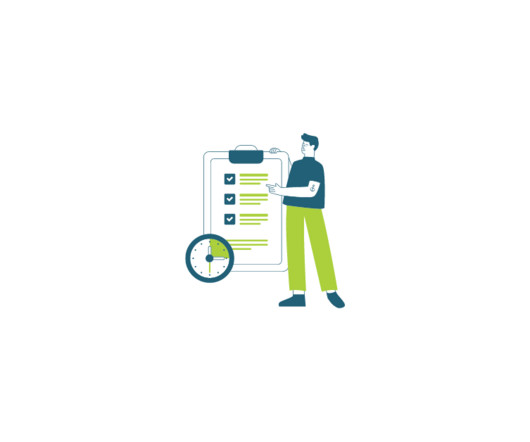







Let's personalize your content